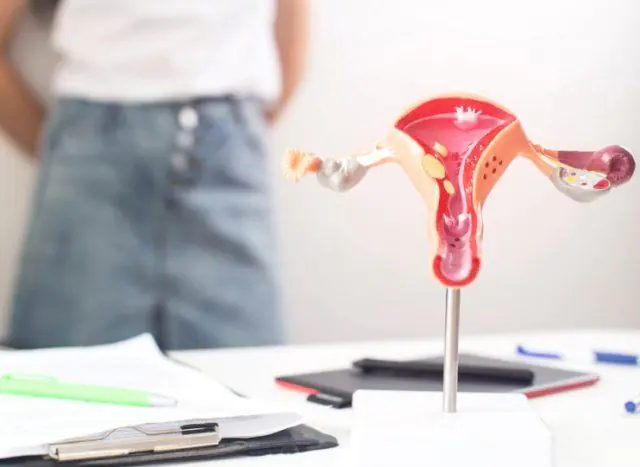
What is adnexitis? Causes and symptoms characteristic of the disease. Treatment methods for adnexitis, diet and prevention.
The content of the article:- Causes
- Symptoms of adnexitis
- Treatment options
- Medicines
- Folk remedies
- Other methods
- Diet
- Prevention
Adnexitis is a female inflammatory disease of an infectious nature that develops in the uterine appendages - fallopian tubes and ovaries. The inflammatory process destroys the epithelial layer of the adnexal parts and is dangerous because it can lead to infertility.
The main causes of adnexitis
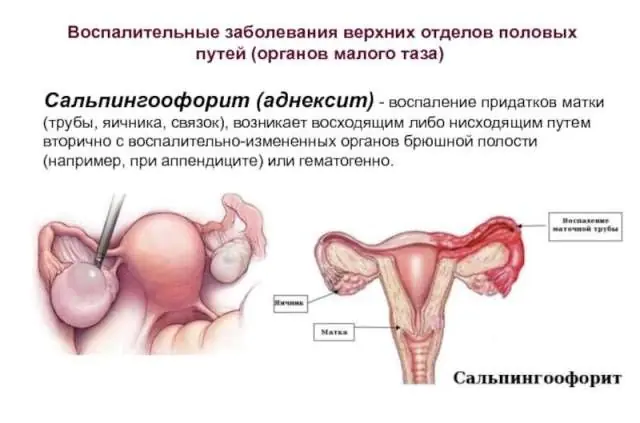
Adnexitis most often affects women from 17 to 30 years old; at other ages it is extremely rare. Inflammation can be acute or chronic and can affect either one side of the appendages or both. It always occurs in an acute form and develops into a chronic form if proper treatment is not provided. Differs in relapses.
The main reasons for the development of adnexitis:
- Bacteria. Microorganisms are the direct cause of the disease. The inflammatory process begins with the penetration of staphylococci, streptococci, E. coli and other harmful bacteria into the reproductive organs. Once in the body, they have a negative effect on the uterine epithelium, which begins to collapse under the influence of microbial activity. The penetration of microorganisms into internal organs is facilitated by many reasons.
- Reduced immunity. With low immunity, there is a high probability of pathogenic microbes penetrating into different parts of the body. Often adnexitis occurs precisely against the background of poorly developed immunity, so it is important to monitor its condition and strengthen it.
- Infectious diseases. The presence of various infectious diseases quickly destroys the immune system. Bacteria have a detrimental effect on the entire body, gradually spreading throughout it, which can lead to spalingo-oophoritis. Diseases that can provoke inflammation are tuberculosis, chlamydia, damage to the body by E. coli, appendicitis, etc. Very often, adnexitis develops against the background of sexually transmitted infections that directly affect the reproductive organs.
- Stress. In a state of stress and chronic fatigue, immunity can drop, creating a favorable environment for the spread of harmful bacteria.
- Malnutrition. If a woman has digestive disorders or she herself provokes insufficient consumption of macroelements and vitamins important for the body, this has a strong impact on the quality of immunity.
- Abortion and frequent childbirth. During surgical operations on the genital organs and childbirth, especially complicated ones, pathogenic bacteria can enter the body directly.
It is believed that hypothermia can lead to diseases of the reproductive organs, including adnexitis. This is not entirely true. Only severe hypothermia can provoke inflammation, which will affect the entire body, and not just one area.
Note! The second name of the disease is salpingoophoritis, which combines two ailments - salpingitis and oophoritis. These inflammations can occur in a woman’s body individually.Symptoms of the development of adnexitis
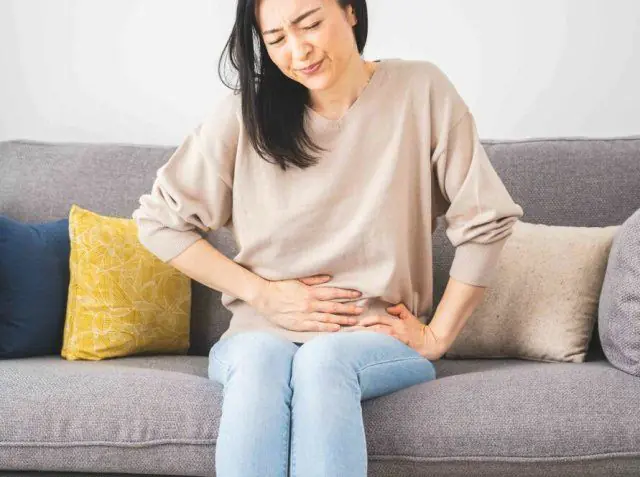
Pain in the lower abdomen with adnexitis
The disease is extremely unpleasant and brings significant discomfort to a woman’s life. Signs of adnexitis may differ in acute and chronic course of the disease.
The main symptoms accompanying adnexitis:
- Pain. The most noticeable manifestation of the disease can be of varying intensity and is periodic. Pain occurs directly in the lower abdomen, but can also radiate to the lower back or pelvis. Observed during urination. The difficulty in identifying the disease is that pain with adnexitis can occur in the lower back and internal organs, bypassing the lower abdomen. They can be confused with appendicitis. With chronic adnexitis, the pain may not disappear at all and turns from acute to nagging, aching. With hypothermia, climate change, the presence of various diseases, etc., exacerbations occur.
- Voltage. A feeling of tension is observed in the lower abdomen, and pain appears when palpated.
- Heat. Increased temperature occurs during acute adnexitis, sweating increases, chills, weakness, nausea, various muscle pains, and headache appear.
- Enlargement of appendages. During the disease, the walls of the fallopian tubes are destroyed, and they merge into a single inflammation with the ovaries. Upon examination, the doctor discovers an increase in these areas of the woman’s organs.
- Pus. It is observed if a woman suffers from additional inflammation of the uterus or the disease is long-lasting.
- Menstruation disorders. With chronic spalingoophoritis, menstrual cycle disturbances often occur, the discharge changes in character: it can become more abundant or, conversely, decrease, various clots appear, and pain increases. Menstruation becomes irregular, and its duration can either increase or decrease.
- Sexual dysfunction. With adnexitis, the functioning of hormones is disrupted, so there is a decline in libido, and during sexual intercourse a woman feels discomfort and pain.
- Irritability. Bad mood, depression, irritability can also be a symptom of adnexitis.
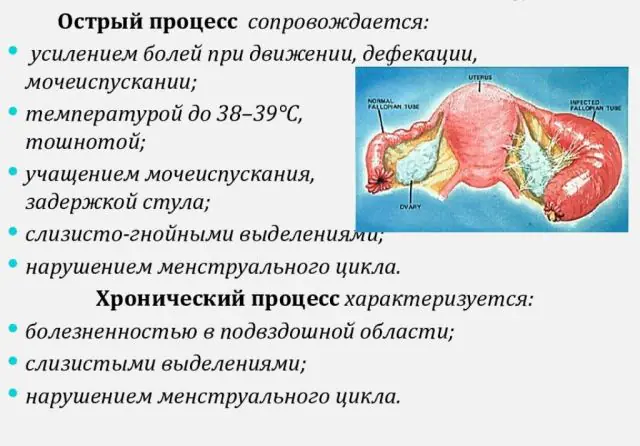
Symptoms of adnexitis
The disease is easier to treat in the initial stages, but the chronic form with a long course is characterized by serious complications - peritonitis, pyelonephritis, cystitis, colitis. Pregnancy may be complicated, and a miscarriage may even occur. When severe, the disease leads to infertility.
If signs characteristic of the disease appear, you should immediately consult a doctor. A gynecologist can detect signs of adnexitis during an examination, then he refers the woman for diagnostics.
To identify an infectious disease, the doctor prescribes a series of tests for the patient. These are general blood tests to check the level of leukocytes, ultrasound to detect inflammatory fluids in the pelvis, and look at the relief of the ovaries - with adnexitis it changes under the influence of edema. Swabs are also taken from the patient to identify the presence of harmful microorganisms and determine the cause of the disease. For a more in-depth study of the disease, laparoscopy can be performed - surgery in the uterus.
Note! During an ultrasound, the woman will experience pain.Treatment methods for adnexitis
For adnexitis, antibiotics are prescribed as the main treatment. The dosage of drugs and additional treatment measures depend on the degree of development of the disease. In severe forms, intramuscular injections are prescribed; in extreme cases, the doctor resorts to surgery.
Medicines for the treatment of adnexitis
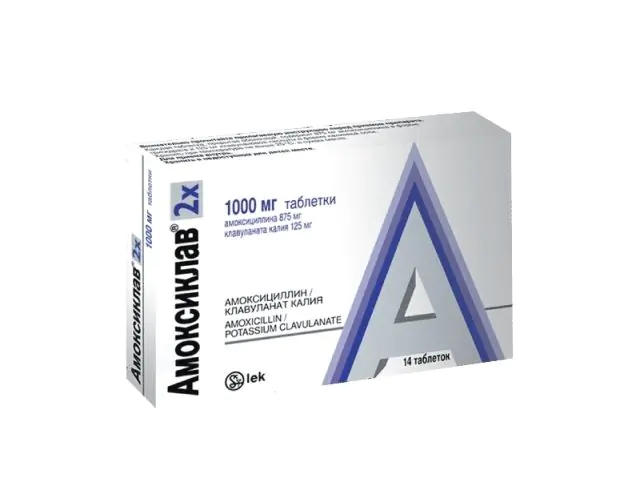
Amoxiclav for the treatment of adnexitis
To treat adnexitis, the doctor prescribes broad-spectrum antibiotics, anti-inflammatory drugs, immunostimulants, antihistamines, and painkillers. As a rule, complete cure of salpingoophoritis occurs within 10-14 days.
How can adnexitis be treated:
- Gentamicin. A drug that is administered intravenously twice a day. It negatively affects microorganisms, reducing their number and relieving inflammation. Apply within 8-9 days. The price of the drug is from 23 rubles (from 21 hryvnia).
- Amoxiclav. Broad-spectrum antibiotic. You need to take the medicine 3 times a day, 1 tablet. Depending on the course of the disease, the doctor may increase the dose. Treatment is usually carried out within 1 week. The average price of the drug is 114 rubles in Russia (115 hryvnia in Ukraine).
- Terzhinan. Combination type vaginal tablets. It is both an antibiotic and an anti-inflammatory agent for the treatment of adnexitis. Tablets are prescribed 1 per night for 5 days. The average cost of the drug is 333 rubles in Russia (170 hryvnia in Ukraine).
- Polygynax. These are suppositories for adnexitis that have an anti-inflammatory effect. They are prescribed 2 times a day, morning and evening. Treatment lasts for a week. The average price for the drug is 324 rubles in Russia (120 hryvnia in Ukraine).
- Movalis. Rectal suppositories intended for the treatment of acute adnexitis. Prescribe 15 mg of medication once a day. The treatment lasts for a week. The average price for the drug is 621 rubles in Russia (184 hryvnia in Ukraine).
- Longidaza. A combination drug that is effective in the acute form of the disease. It has several properties at once: relieves swelling, has anti-inflammatory, antioxidant and chelating effects. Also acts as an immunomodulator. Use candles 1 pc. once every 2 days for 20 days, rectally. The average price for the drug is 1,500 rubles in Russia (1,400 hryvnia in Ukraine).
Treatment of adnexitis with folk remedies

St. John's wort decoction for adnexitis
For an additional positive effect, adnexitis can be treated at home. It will make it easier to bear the symptoms of the disease and help fight infection.
Effective folk remedies for treating adnexitis:
- Aloe and plantain. Take 100 ml of water, boil and add 1 tablespoon of chopped plantain. Leave for another 3 minutes, stirring constantly. Wait for the broth to cool, filter, add 13-14 drops of aloe juice. Using the product, douche every day.
- Milk. Pour milk heated to 95 degrees into a wide basin. 5-10 minutes in a basin with hot liquid will help reduce inflammation.
- Herbal mixture. Mix 5 teaspoons of Chernobyl, chamomile and Veronica officinalis and 1 tablespoon of sweet clover. Pour 2 cups of boiling water over the herbs and leave for 20 minutes. Take the infusion in this volume before bedtime for 2-3 days.
- Potato. Grate 1 raw vegetable and squeeze out the juice. Drink in the morning 30 minutes before meals during the course of treatment of the disease.
- Garlic and celandine. Press 1 clove of garlic and squeeze the juice out of it. Add a couple of drops of celandine and half a glass of water. Moisten a tampon in the resulting solution and insert it into the vagina for 3 hours. The procedure must be carried out several times a week.
- St. John's wort. Pour 1 tablespoon of St. John's wort with a glass of boiling water, leave for an hour under the lid. Boil and then leave to simmer over low heat for 15 minutes. As soon as the broth has cooled, you need to filter it. Take 5 tablespoons 3 times a day on an empty stomach.
Other methods of treating adnexitis
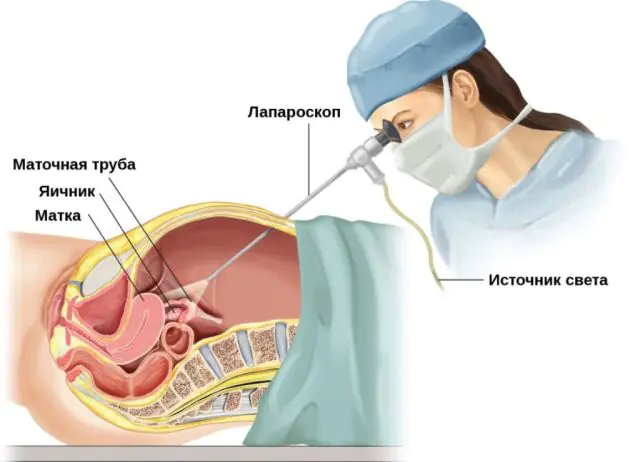
Laparoscopy for the treatment of adnexitis
In case of serious exacerbation of adnexitis, the doctor may prescribe laparoscopy, when a 2-3 cm incision is made and adhesions are removed, the patency of the fallopian tubes is restored, and pus and serous fluid are eliminated.
In the most severe cases, removal of the ovaries may be necessary, so it is important not to progress the disease.
During remission, the doctor prescribes resorption therapy to the patient. It uses mud tampons, suppositories, ultrasound treatment, and physiotherapy.
A visit to a sanatorium has a good effect. In order to prolong the period of remission, hormonal drugs can be used. To relieve pain symptoms, it is recommended to apply cold water to the lower abdomen; heating pads are prohibited.
Diet for adnexitis
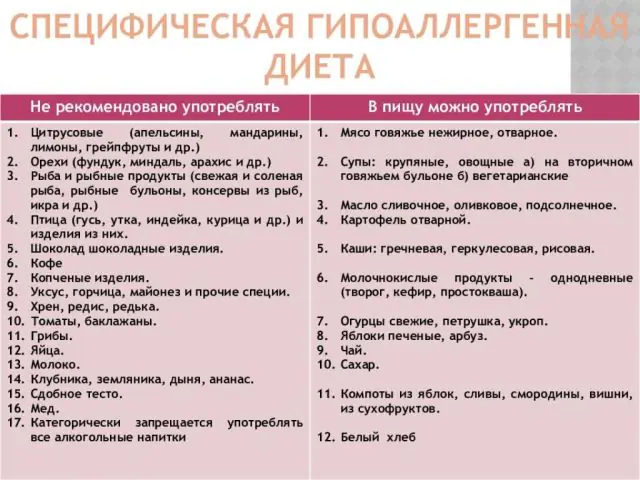
During the treatment of adnexitis, the patient is prescribed a hypoallergic diet. The daily calorie intake should not exceed 2300 kcal.
It is important to eat foods rich in vitamins and macroelements; it is advisable to increase the amount of water consumed per day.
It is recommended to give up fried, fatty, spicy foods and replace them with boiled, stewed, steamed ones. It is forbidden to eat mushrooms, chocolate, egg whites, smoked meats and other allergenic foods, or drink carbonated drinks. You should also limit your daily intake of carbohydrates and salt.
Note! During the period of remission, the diet becomes less strict.Prevention of adnexitis
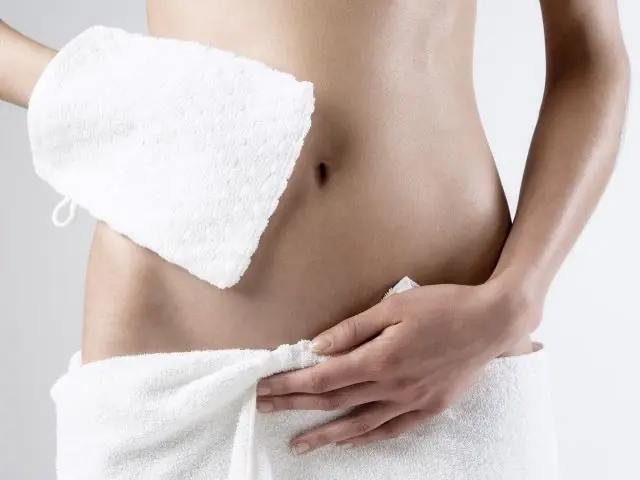
To prevent the development of adnexitis, it is important to follow disease prevention measures:
- Avoid hypothermia, overwork, stress;
- Strengthen the immune system and promptly treat infectious diseases, especially those related to the reproductive organs;
- Maintain personal and sexual hygiene;
- Examine your partner for sexually transmitted infections;
- Do not use IUDs as contraceptives;
- Prevent abortions in the early stages with medication;
- Do not wear tight clothing to prevent poor circulation;
- Visit a gynecologist once every six months.
How to treat adnexitis - watch the video:
Adnexitis is an inflammatory disease caused by pathogenic bacteria that affects a woman’s appendages. Accompanied by severe pain, tension, fever, and disrupted menstrual cycle. It is important to carry out timely treatment of the disease and prevent the transition of the acute stage of the disease to the chronic stage.



